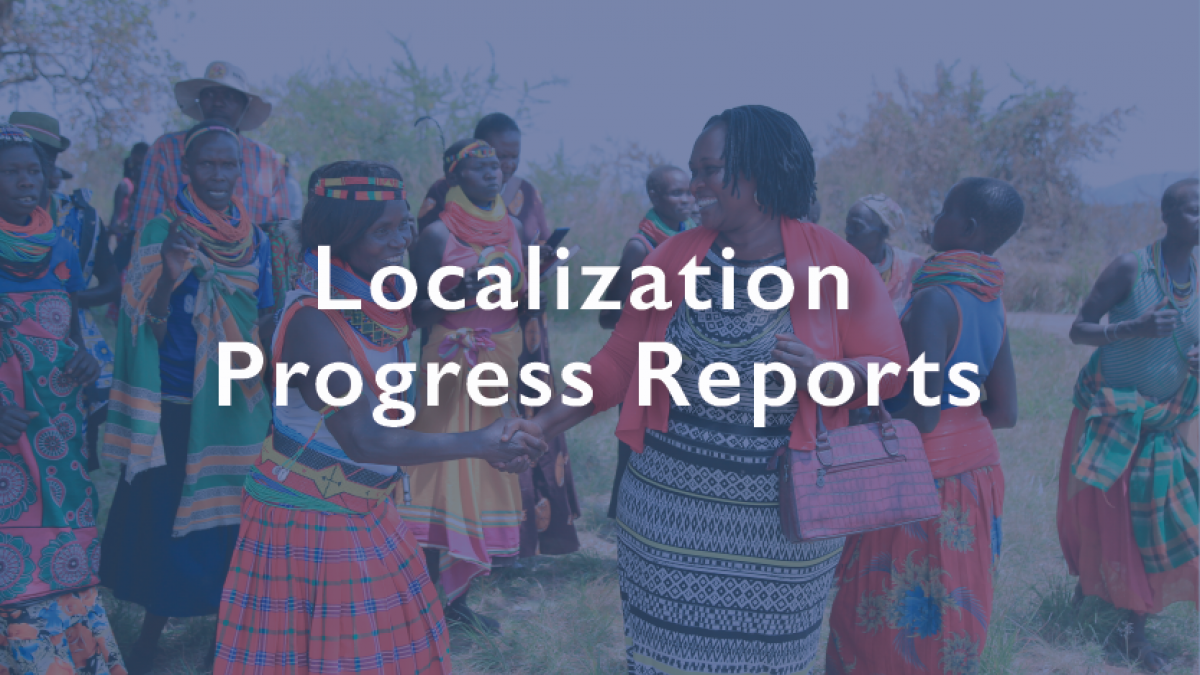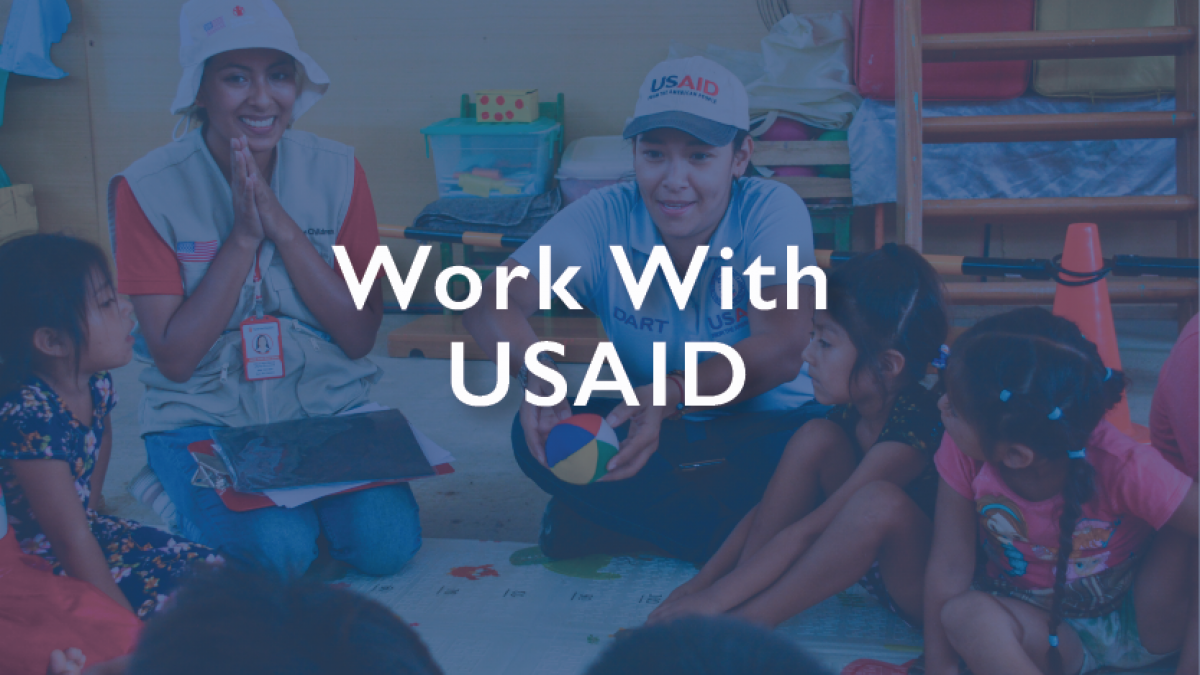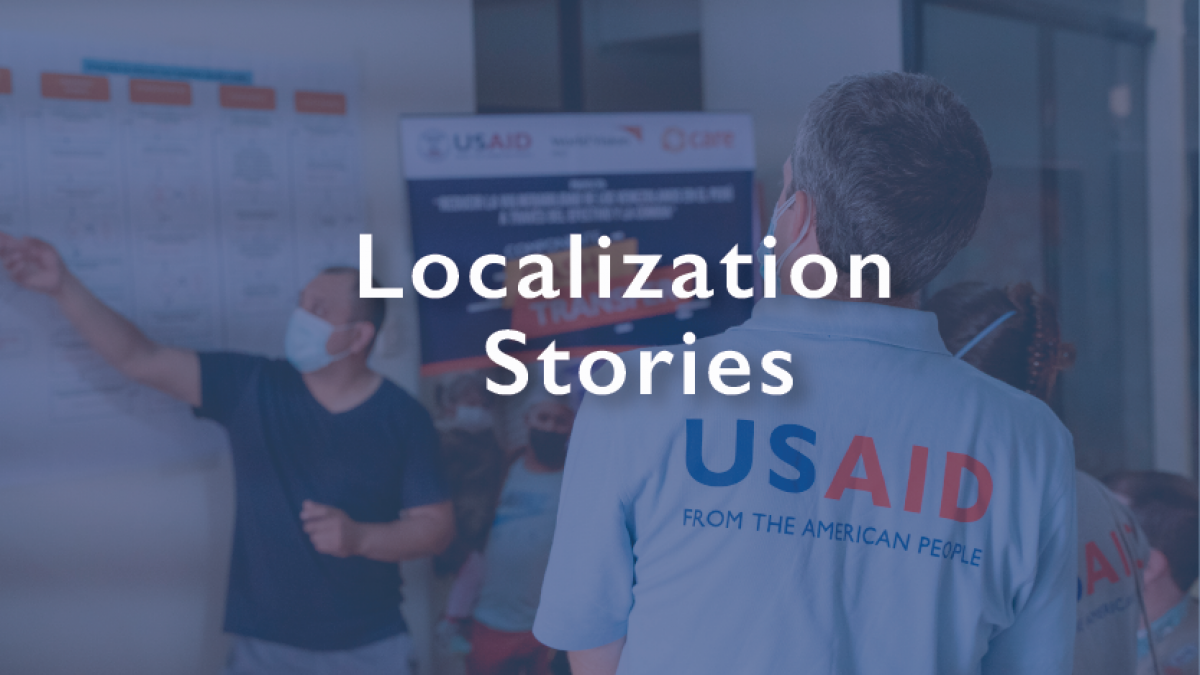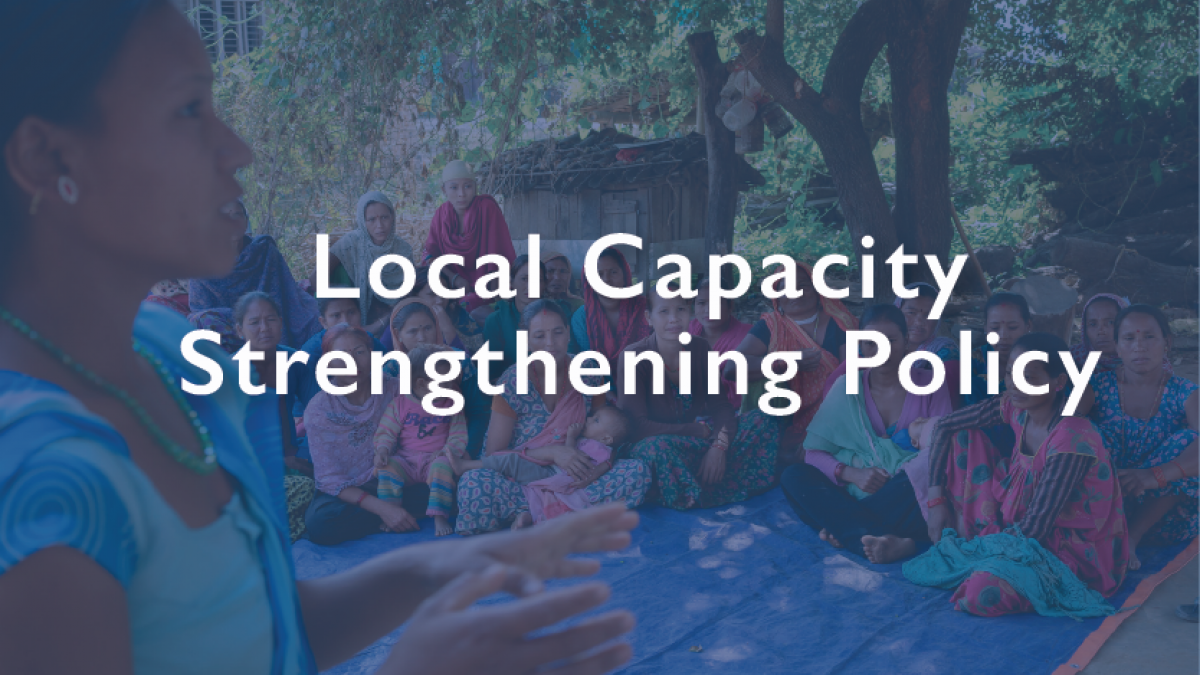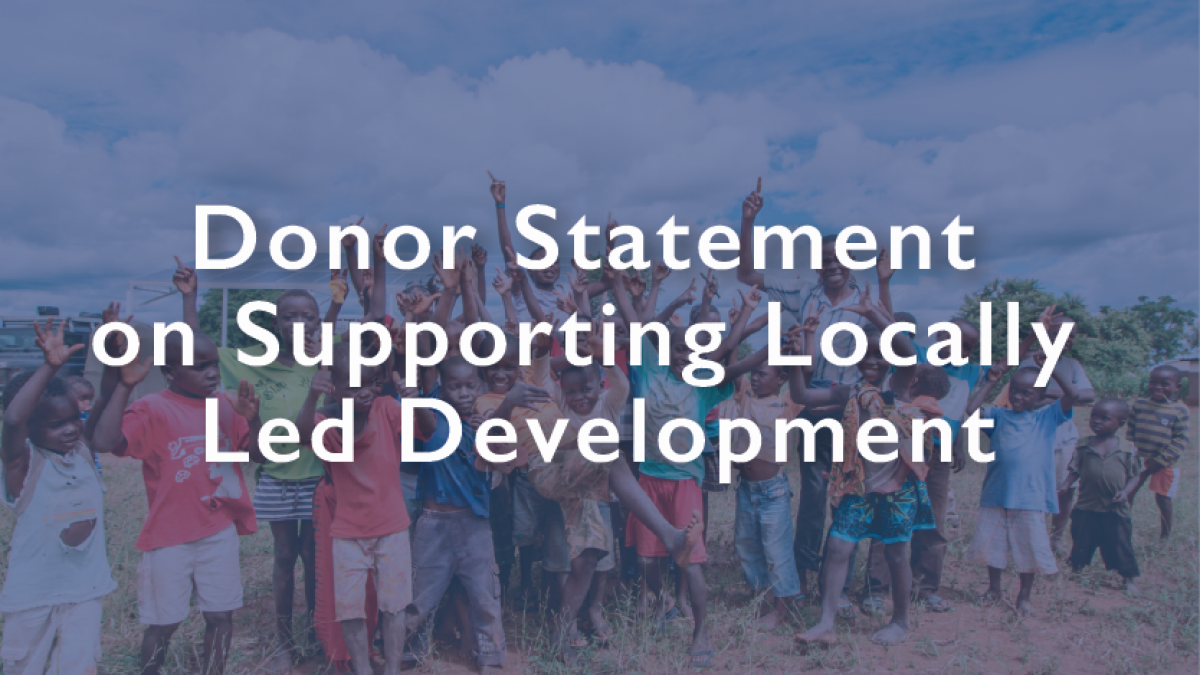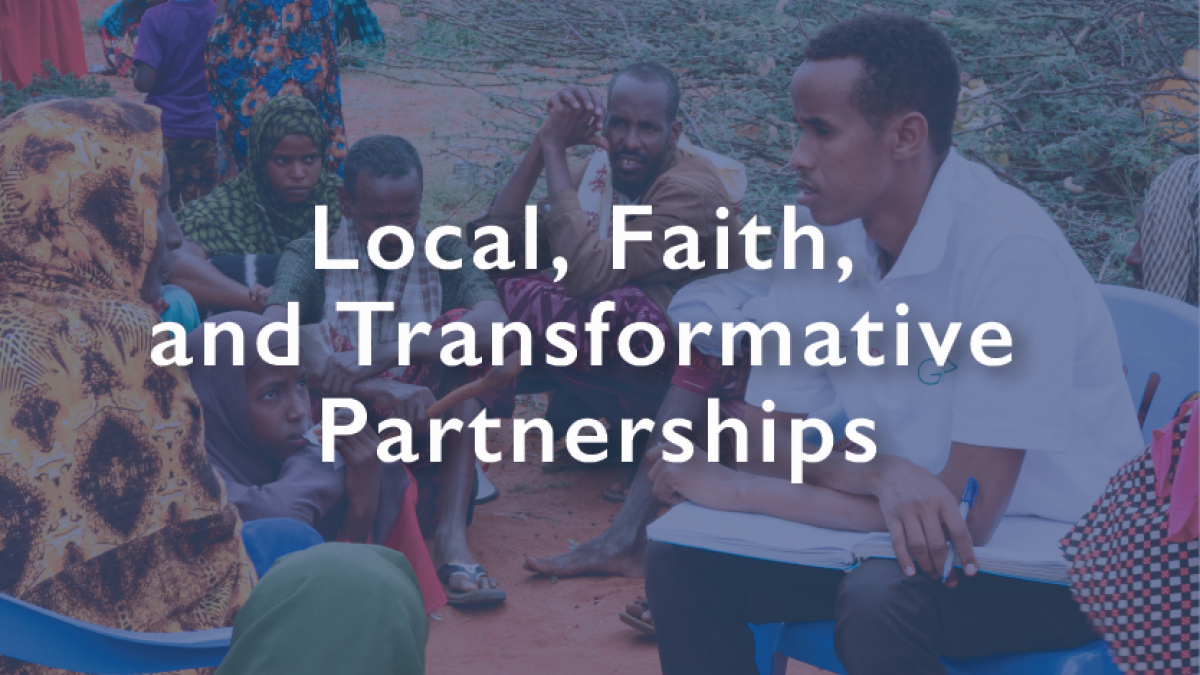At USAID, localization is the set of internal reforms, actions, and behavior changes that the Agency is undertaking to ensure our work puts local actors in the lead, strengthens local systems, and is responsive to local communities.
USAID’s approach to localization is informed by over a decade of experience showing that local leadership is critical for greater equity, effectiveness, and sustainability. The widespread consensus that development and humanitarian assistance must enable local actors to set their own agendas, develop solutions, and bring their leadership and resources to make those solutions a reality is why we have prioritized advancing localization by:
- Adapting our policies and programs to foster locally led development that is tied to each country’s unique political, social, cultural, economic, and environmental conditions, including through local systems practice and local capacity strengthening;
- Shifting power to local actors, including, with an inclusive development lens, those from marginalized and underrepresented groups, and promoting space for them to influence and exercise leadership over priority setting, activity design and implementation, and measuring and evaluating results;
- Channeling a larger portion of funding directly to local partners while ensuring accountability for the appropriate use of funds and achievement of development and humanitarian results; and
- Serving as a global advocate and thought leader, using our convening power, partnerships, voice, and other tools of development diplomacy to catalyze a broader shift toward locally led development.


